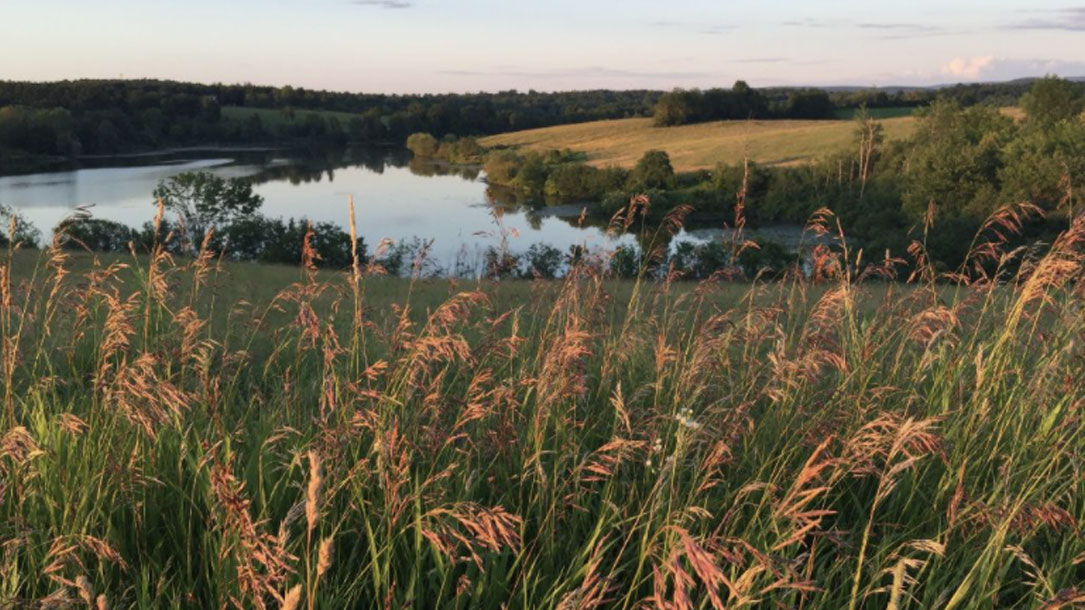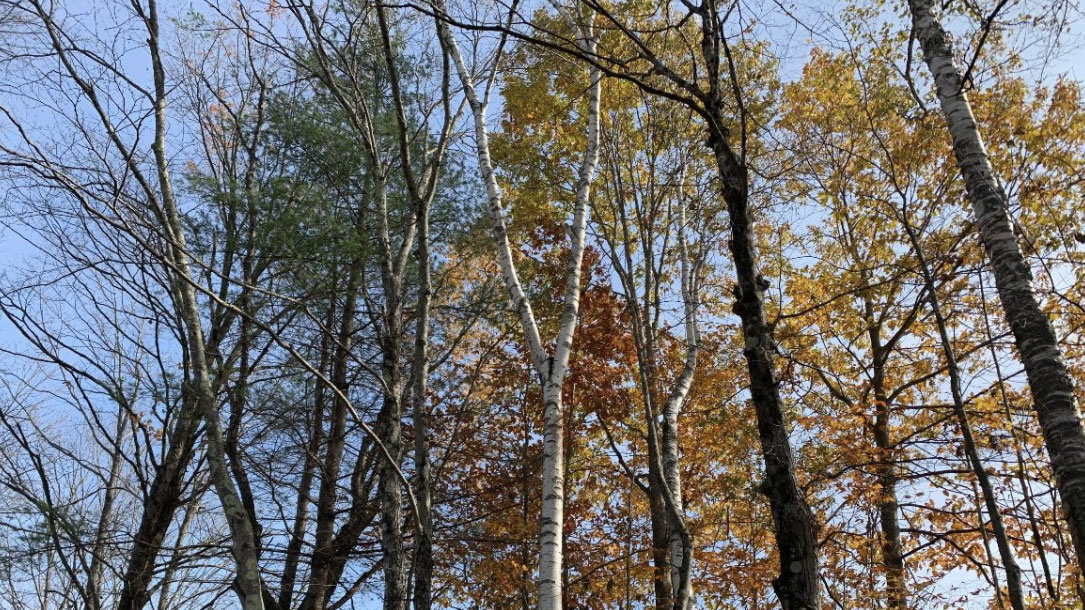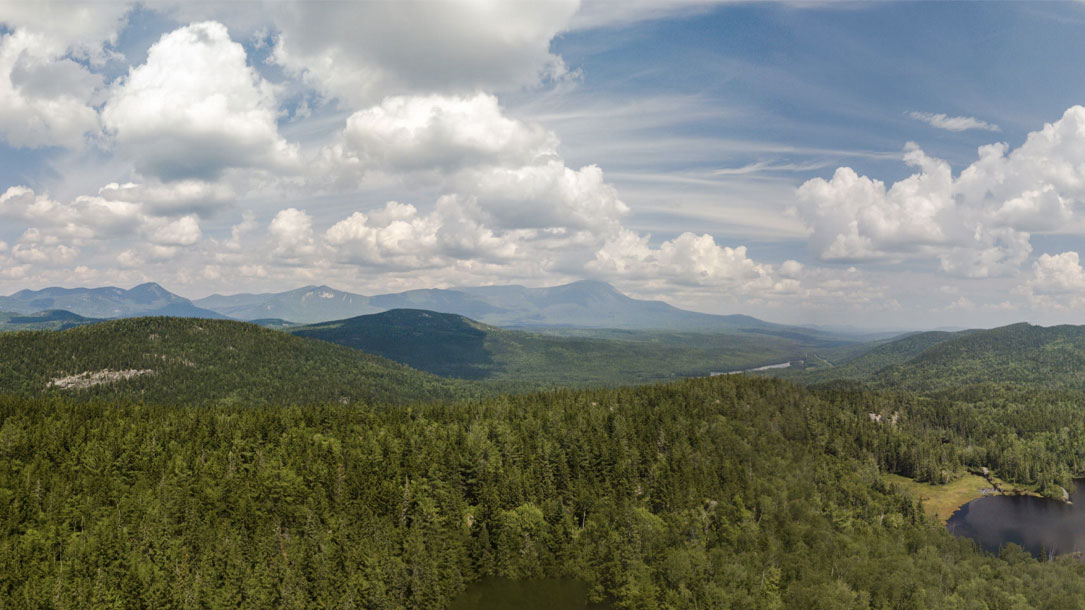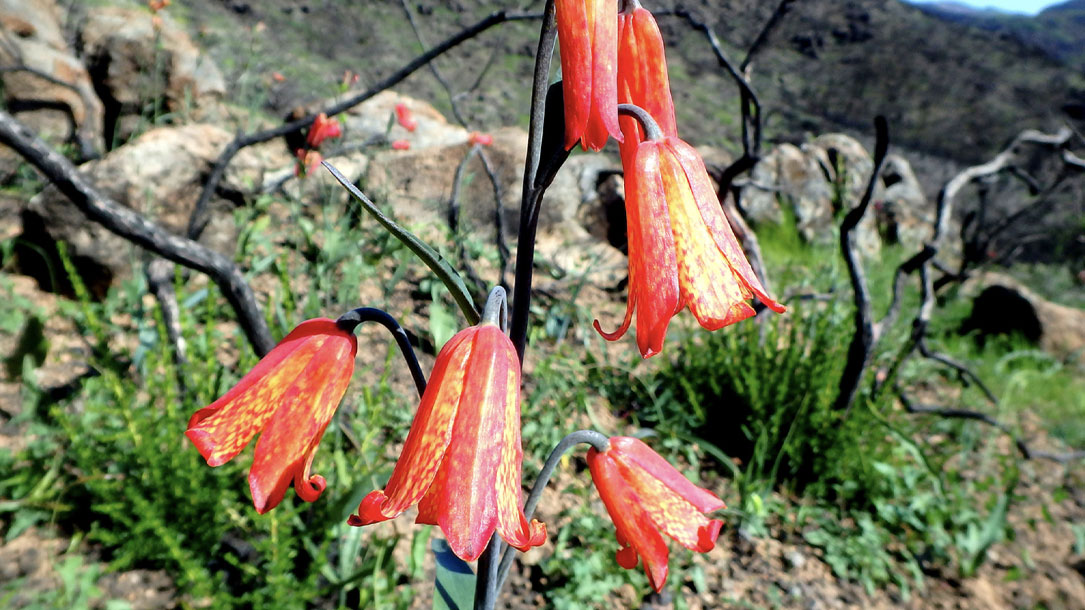
Carbon offset program
Southern Plains Land Trust (SPLT) has enrolled [their] two largest preserves, Raven’s Nest Nature Preserve and Heartland Ranch, under the Climate Action Reserve’s Grassland Protocol. These properties sequester over 10,000 metric tonnes of carbon annually. Sale of these carbon credits creates the ultimate feedback loop: carbon sales generate revenue for SPLT to protect more grasslands, which sequester more carbon and provide refuges for more wildlife.
This is exemplified by SPLT’s partnership with NativeEnergy: a forward sale of carbon credits on the Medford Spring Grassland Conservation area enabled SPLT to add this area to Heartland Ranch, thus increasing the size of this property from 18,000 acres to its current size of 25,000 acres…

Saving Land magazine: Looking to the land to mitigate climate change
Recent reports that the planet had its hottest four years on record highlight the need for accelerated work to keep global warming below critical tipping points. While nations shift to carbon-neutral economies, Earth’s forests, grasslands, wetlands and soils can help reduce atmospheric carbon dioxide (CO2) levels. “Land trust work is more vital than ever,” says Kelly Watkinson, Land and Climate Program manager at the Land Trust Alliance, “because improved conservation, restoration and land management actions enhance the capacity of natural systems to absorb and hold carbon.”

Looking to land to mitigate climate change
Two [fairly] recent studies affirm the potential of natural ecosystems to scale back atmospheric CO2. New research published in Nature this January cites the “unexpectedly large impact” that forest management and grazing has on the planet and atmospheric carbon. “We have forgotten half of the story up to now,” lead study author Karl-Heinz Erb told The Washington Post…

Purdue entomologist, green groups laud solar farm for native ground cover plan
Julie Borgmann, director of Muncie-based Red-tail Land Conservancy, spoke in favor of the pollinator-friendly provisions at several meetings of county government and also collaborated with the other supporters, including the Hoosier Environmental Council.
In an interview, she noted that, while it’s taken her land trust two decades to protect 2,700 acres of land in East Central Indiana, “this single solar farm” can “really have a huge impact on habitat for bugs, birds…and it goes on down the (ecosystem) line.”
Brock Harpur, an assistant professor of entomology at Purdue, called the new ordinance “a massive step forward for pollinator conservation in this state”…

Our energy future
Driftless Area Land Conservancy [DALC] along with dedicated area activists has created Iowa County CLEA-N, Clean Local Energy Alliance—Now. CLEA-N’s mission is to explore options for and engage in initiatives to advance the local ownership and control of a clean energy future in Iowa County, and to lay the groundwork for the creation of an Energy District through which the vision of that future can be realized.
CLEA-N & DALC—Working Hand-in-Hand on Common Goals
Climate disruption affects every aspect of the work at DALC. CLEA-N’s efforts to lower fossil fuel emissions and to sequester excess atmospheric carbon supports DALC’s land conservation work. As this new organization gets off the ground, DALC will be a significant stabilizing and guiding partner…

Corporate partnerships in the Family Forest carbon program
The Family Forest Carbon Program, a program created by the American Forest Foundation and The Nature Conservancy, brings together rural family forest owners and companies to address climate change.

Family forests: An untapped powerhouse in climate change mitigation
[T]he American Forest Foundation and TNC have partnered to develop the Family Forest Carbon Program (FFCP) to remove the barriers smaller landowners often face—carbon market access, lack of forest management expertise, and cost—to help them optimize the carbon storage potential of the 290 million acres of privately-owned U.S. forestland.
Meeting that potential requires helping those individuals and families adopt a science-based approach to take advantage of incentives for specific forest management practices that measurably enhance carbon sequestration. It requires engaging local foresters who have decades of experience working with private landowners.
Through sustainable management, landowners can reduce their expenses by as much as 75 percent…

Wildfire: The road to recovery
Facing historic grief, loss, and destruction in most of the West, this land trust faces reality and is here to help:
“As we continue to move forward after the historic wildfires, we want to express our deepest sympathy to everyone impacted by the fires here and in Sonoma, Solano, and Mendocino Counties. We are endlessly grateful for the untiring efforts of the first responders, the over 11,000 firefighters [some brought in from all over the country, and as far away as Australia and Canada], the California Highway Patrol, local authorities, and the countless volunteers who worked tirelessly to protect us all. And the response of the Napa community has been truly inspiring.
Our staff continues the process of actively visiting properties to assess short and long term stewardship issues. We have been consulting with experts from a number of other agencies, such as Cal Fire, and have joined the Post Fire Recovery Working Group, which includes the Napa County Resource Conservation District, the Natural Resources Conservation Service, the County, and others who are working to assess the condition of burned areas and determine any steps that could or should be taken.
Lastly, in a proactive effort to share useful information, we’ve collected resource links to webpages and pdfs that could be helpful in the recovery process and have posted them. Our goal of working together as a community remains and with it the hope that we can live up to Napa’s inspired resiliency…”

Evidence for declining forest resilience to wildfires under climate change
Kerry Kemp, a forest ecologist for the Oregon Nature Conservancy, studies forest resiliency, or the ability of forests to come back after wildfire or other major disturbances. For new trees to grow in the forest, living ones must be nearby to act as seed sources. And then once those seeds start growing, they’re more susceptible to drought than established trees. “The resilience of these forests is likely to be lower when there’s a mismatch between the current climate and the climate niche for tree regeneration,” Kemp said. “As the climate changes, a given location may no longer be capable of supporting tree regrowth the way it could when temperatures were lower and weather patterns were different. In some parts of the West, it’s already happening,” she said.

Smart Solar Siting partnership project for New England
American Farmland Trust’s Smart Solar Siting Partnership Project for New England started as a two-year effort to build an influential, ongoing, multi-stakeholder coalition supporting recommendations that advance smart solar siting policies and programs in New England states. This is a joint effort to accelerate the expansion of renewable solar energy facilities while maintaining New England’s most productive, resilient farmland and forest land and strengthening its regional food systems.
Check out their program and resources. Your land trust and community may be able to model a similar approach.












